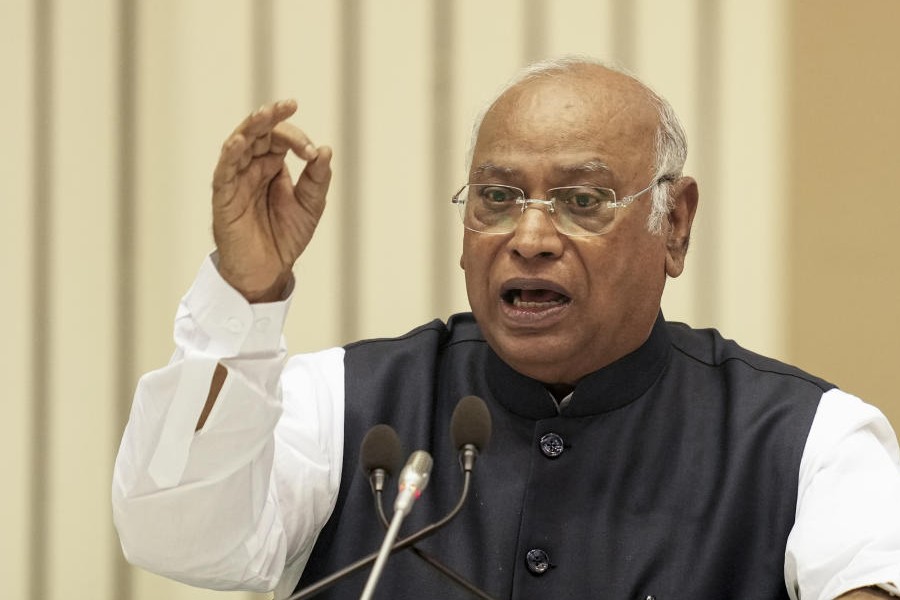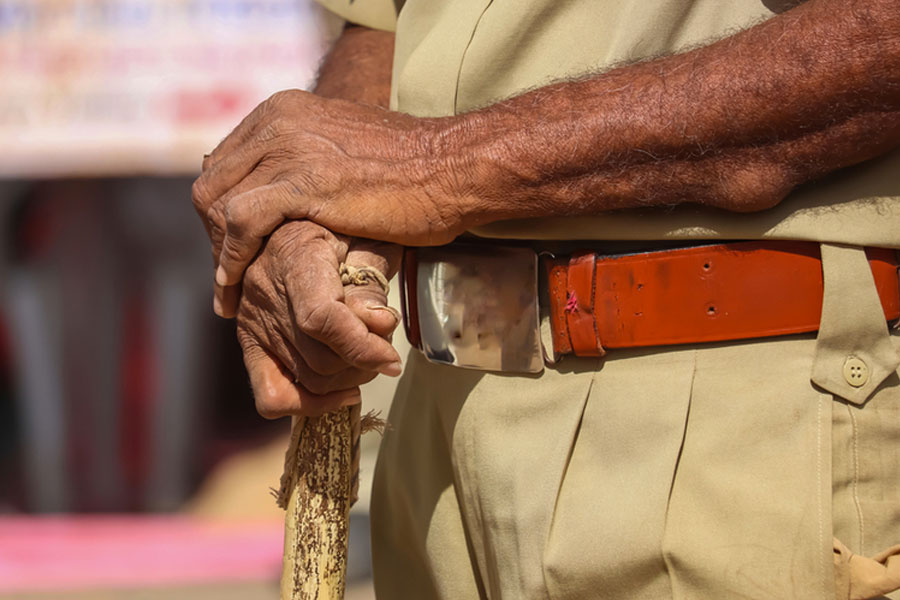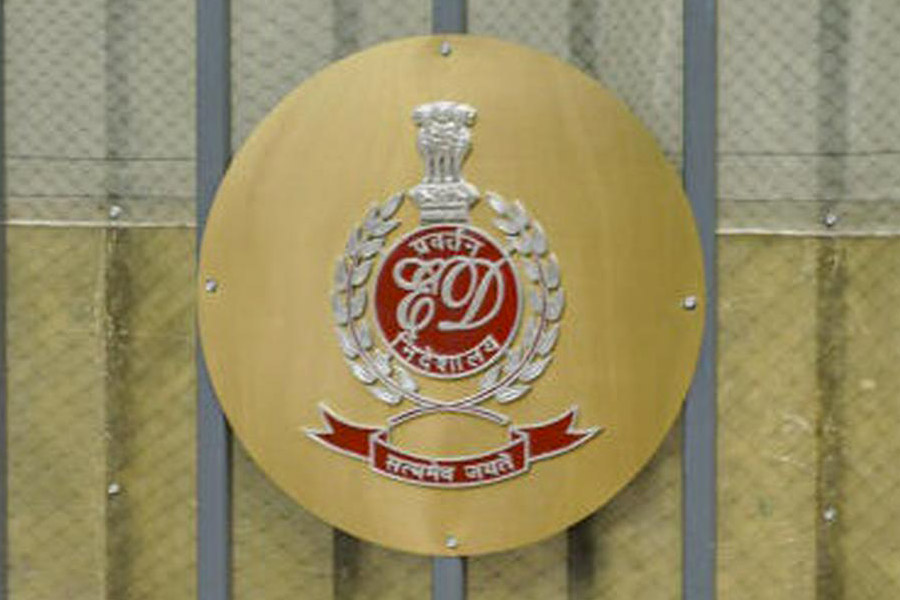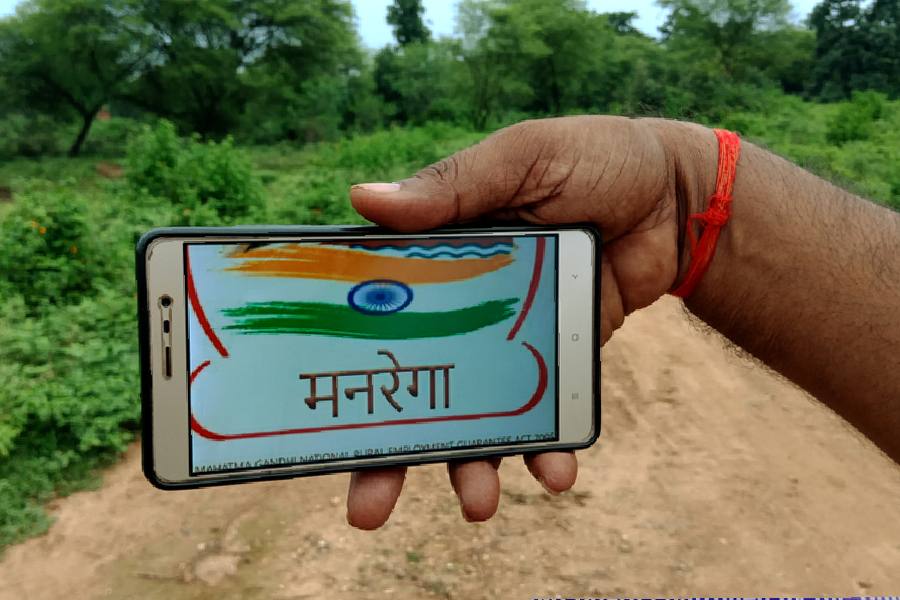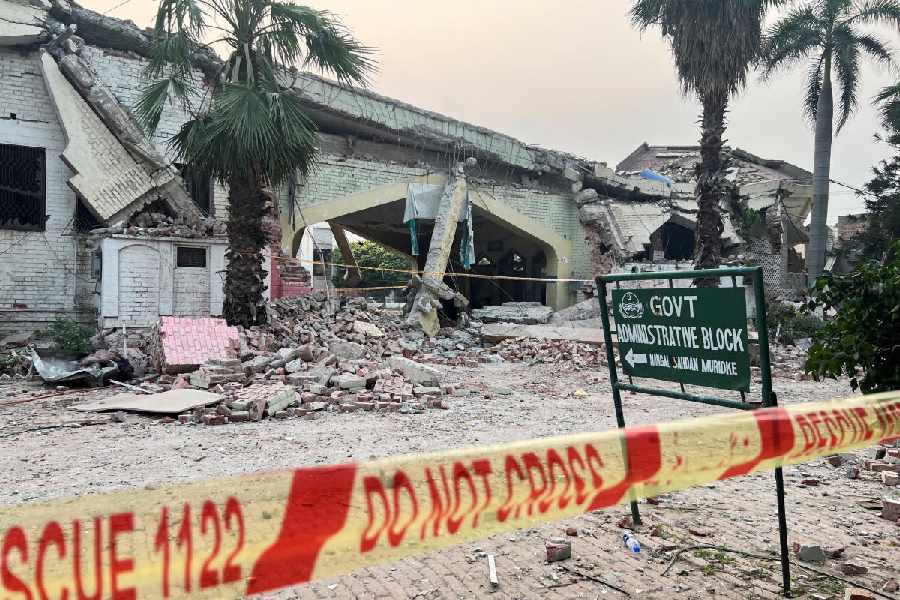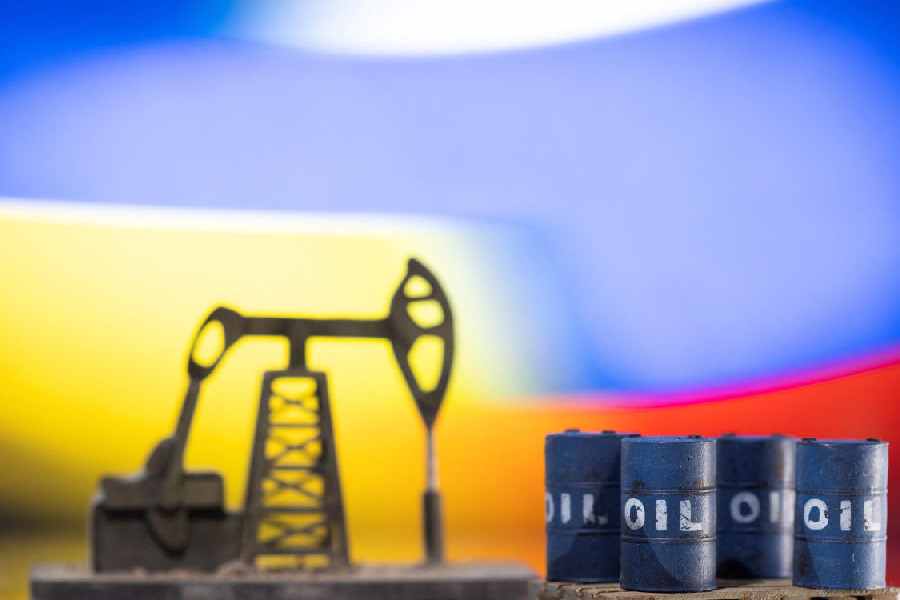A wildlife expert has appealed to the Union forest and environment ministry to roll back the clearance given to the Demwe Lower project, saying the report based on which the decision was taken, was “faulty”.
A wildlife conservationist from Assam, Bimal Gogoi, who was an appellant in the National Green Tribunal, had filed an appeal challenging the forest clearance granted to the project. He said the clearance given by the standing committee of the National Board for Wildlife (SC-NBWL) was based on a “faulty” report submitted by the Wildlife Institute of India (WII).
“The clearance to the Demwe Lower project based on a faulty WII report is shocking and should be reversed,” he said in his letter to forest minister Harsh Vardhan and members of the standing committee of the NBWL.
The 1,750MW Demwe project, proposed to be constructed in Lohit district of Arunachal Pradesh, is being executed jointly by Athena Energy Ventures and the Arun-achal Pradesh government.
The committee, while clearing the project, said taking into account that construction of the dam and associated infrastructure would require time (three to four years), it would be prudent to consider the construction of the dam at this stage and subsequently operate it at natural levels of inflow and outflow to generate power.
“Rapid study cannot be the basis of a decision to grant wildlife clearance,” Gogoi said.
The WII team had conducted a rapid baseline survey in the Lohit river basin in likely impacted areas (dam site near Parshuram kund to Dibru Saikhowa National Park as well as 15km upstream of dam site) from May 10 to 30.
Gogoi said based on a rapid foot survey, the WII team could not conclude that the wildlife affected by direct dam construction is not critical for conservation.
He said they had not even surveyed the full submergence area for the rapid survey (at least 35 per cent of submerged river length left out).
Though the SCNBWL has agreed with the findings of the WII team’s report in its meeting on September 7, I will urge the standing committee of the National Board for Wildlife to re-consider this decision,” Gogoi said.
“The surveys were conducted in May which is the rainy season in the area. When it rains, indirect signs such as animal footprints degrade at a rate much faster rate than in the dry season,” Gogoi said.


